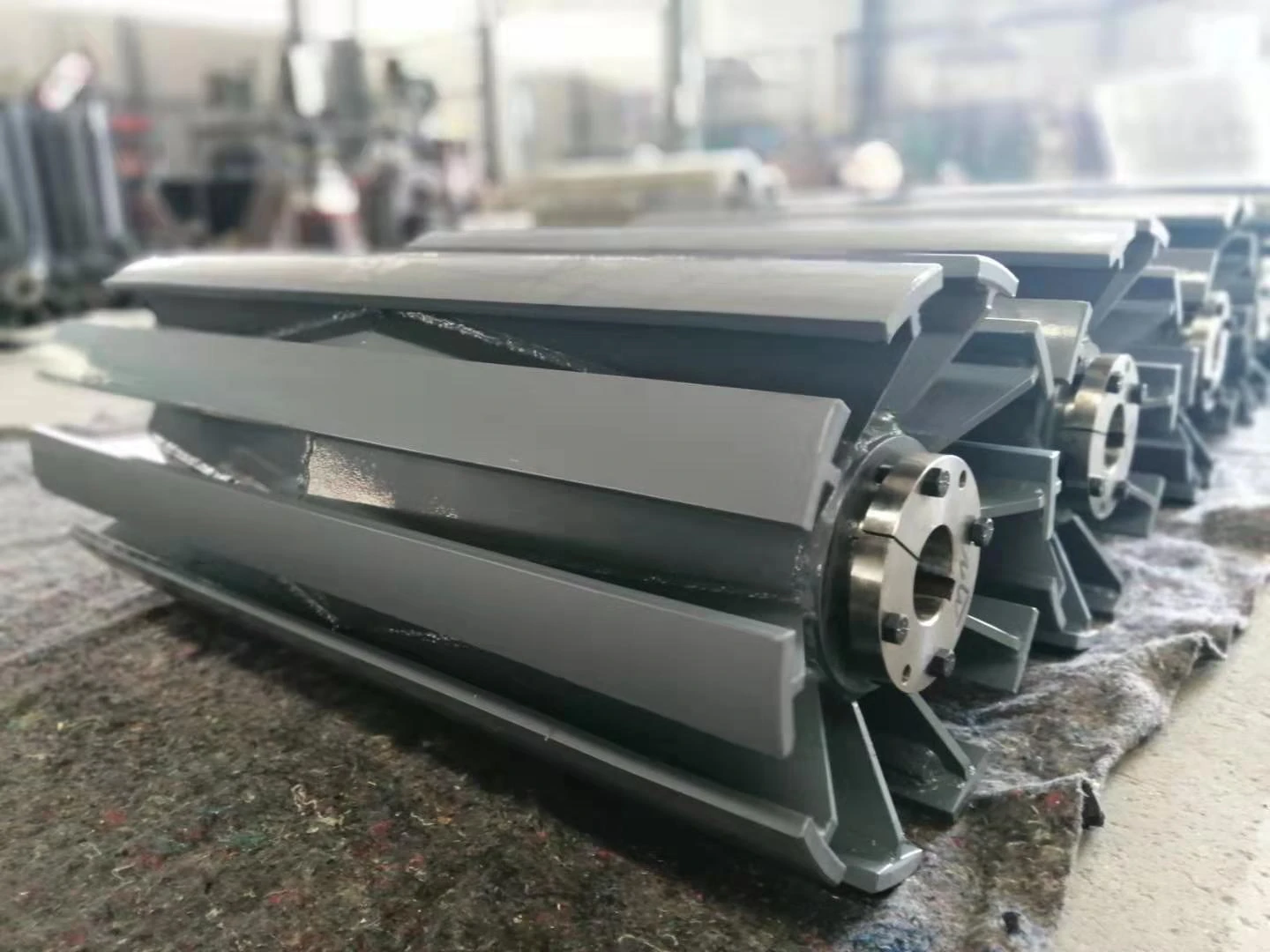 Afrikaans
Afrikaans  Albanian
Albanian  Amharic
Amharic  Arabic
Arabic  Armenian
Armenian  Azerbaijani
Azerbaijani  Basque
Basque  Belarusian
Belarusian  Bengali
Bengali  Bosnian
Bosnian  Bulgarian
Bulgarian  Catalan
Catalan  Cebuano
Cebuano  Corsican
Corsican  Croatian
Croatian  Czech
Czech  Danish
Danish  Dutch
Dutch  English
English  Esperanto
Esperanto  Estonian
Estonian  Finnish
Finnish  French
French  Frisian
Frisian  Galician
Galician  Georgian
Georgian  German
German  Greek
Greek  Gujarati
Gujarati  Haitian Creole
Haitian Creole  hausa
hausa  hawaiian
hawaiian  Hebrew
Hebrew  Hindi
Hindi  Miao
Miao  Hungarian
Hungarian  Icelandic
Icelandic  igbo
igbo  Indonesian
Indonesian  irish
irish  Italian
Italian  Japanese
Japanese  Javanese
Javanese  Kannada
Kannada  kazakh
kazakh  Khmer
Khmer  Rwandese
Rwandese  Korean
Korean  Kurdish
Kurdish  Kyrgyz
Kyrgyz  Lao
Lao  Latin
Latin  Latvian
Latvian  Lithuanian
Lithuanian  Luxembourgish
Luxembourgish  Macedonian
Macedonian  Malgashi
Malgashi  Malay
Malay  Malayalam
Malayalam  Maltese
Maltese  Maori
Maori  Marathi
Marathi  Mongolian
Mongolian  Myanmar
Myanmar  Nepali
Nepali  Norwegian
Norwegian  Norwegian
Norwegian  Occitan
Occitan  Pashto
Pashto  Persian
Persian  Polish
Polish  Portuguese
Portuguese  Punjabi
Punjabi  Romanian
Romanian  Russian
Russian  Samoan
Samoan  Scottish Gaelic
Scottish Gaelic  Serbian
Serbian  Sesotho
Sesotho  Shona
Shona  Sindhi
Sindhi  Sinhala
Sinhala  Slovak
Slovak  Slovenian
Slovenian  Somali
Somali  Spanish
Spanish  Sundanese
Sundanese  Swahili
Swahili  Swedish
Swedish  Tagalog
Tagalog  Tajik
Tajik  Tamil
Tamil  Tatar
Tatar  Telugu
Telugu  Thai
Thai  Turkish
Turkish  Turkmen
Turkmen  Ukrainian
Ukrainian  Urdu
Urdu  Uighur
Uighur  Uzbek
Uzbek  Vietnamese
Vietnamese  Welsh
Welsh  Bantu
Bantu  Yiddish
Yiddish  Yoruba
Yoruba  Zulu
Zulu Feb . 16, 2025 11:09
Back to list
Customized Roller
When it comes to the logistics and material handling industries, the efficiency of the belt conveyor system significantly influences the operational workflow. One of the pivotal components of this system, the belt conveyor roller, often becomes the focal point when businesses attempt to optimize their conveyance processes. With companies constantly seeking ways to maximize efficiency while minimizing costs, understanding the intricacies of belt conveyor roller prices is crucial.
The brand reputation and market presence of the roller’s manufacturer play essential roles in pricing, too. Leading brands with established histories of producing high-quality conveyor components understandably command higher prices, given their assurance of reliability and support. Nevertheless, it's crucial for buyers to conduct thorough due diligence, balancing brand prestige with their specific technical requirements and budget constraints. In addition to understanding the factors impacting roller price, weighing the total cost of ownership is vital. A low upfront cost might be appealing, but it can sometimes mask future expenses in maintenance, repairs, or replacements. Higher-quality rollers, although initially more expensive, could reduce downtime and maintenance costs, thereby providing long-term value and returns. For businesses looking to optimize their conveyor systems financially, staying informed about market trends and pricing norms is beneficial. With the advent of digital platforms, buyers have increasing access to comparative analyses, reviews, and detailed product descriptions that aid in making more informed purchase decisions. When investing in belt conveyor rollers, companies should focus on matching their operational needs with the product specifications. Engaging industry experts or consultants can provide strategic insights and recommendations that align with business goals, ultimately improving the decision-making process. Collaborating with engineers and operational teams to evaluate the environment, workload, and specific application can lead to choices that maximize both performance and investment. In conclusion, understanding the pricing dynamics of belt conveyor rollers involves a holistic assessment of material choice, design specifications, dimension requirements, and supplier relationships. By focusing on quality, efficiency, and long-term cost savings, businesses can ensure that their expenditure contributes positively to overall productivity and operational success, maintaining a competitive edge in the material handling sector.


The brand reputation and market presence of the roller’s manufacturer play essential roles in pricing, too. Leading brands with established histories of producing high-quality conveyor components understandably command higher prices, given their assurance of reliability and support. Nevertheless, it's crucial for buyers to conduct thorough due diligence, balancing brand prestige with their specific technical requirements and budget constraints. In addition to understanding the factors impacting roller price, weighing the total cost of ownership is vital. A low upfront cost might be appealing, but it can sometimes mask future expenses in maintenance, repairs, or replacements. Higher-quality rollers, although initially more expensive, could reduce downtime and maintenance costs, thereby providing long-term value and returns. For businesses looking to optimize their conveyor systems financially, staying informed about market trends and pricing norms is beneficial. With the advent of digital platforms, buyers have increasing access to comparative analyses, reviews, and detailed product descriptions that aid in making more informed purchase decisions. When investing in belt conveyor rollers, companies should focus on matching their operational needs with the product specifications. Engaging industry experts or consultants can provide strategic insights and recommendations that align with business goals, ultimately improving the decision-making process. Collaborating with engineers and operational teams to evaluate the environment, workload, and specific application can lead to choices that maximize both performance and investment. In conclusion, understanding the pricing dynamics of belt conveyor rollers involves a holistic assessment of material choice, design specifications, dimension requirements, and supplier relationships. By focusing on quality, efficiency, and long-term cost savings, businesses can ensure that their expenditure contributes positively to overall productivity and operational success, maintaining a competitive edge in the material handling sector.
Latest news
-
Revolutionizing Conveyor Reliability with Advanced Rubber Lagging PulleysNewsJul.22,2025
-
Powering Precision and Durability with Expert Manufacturers of Conveyor ComponentsNewsJul.22,2025
-
Optimizing Conveyor Systems with Advanced Conveyor AccessoriesNewsJul.22,2025
-
Maximize Conveyor Efficiency with Quality Conveyor Idler PulleysNewsJul.22,2025
-
Future-Proof Your Conveyor System with High-Performance Polyurethane RollerNewsJul.22,2025
-
Driving Efficiency Forward with Quality Idlers and RollersNewsJul.22,2025
OUR PRODUCTS





























